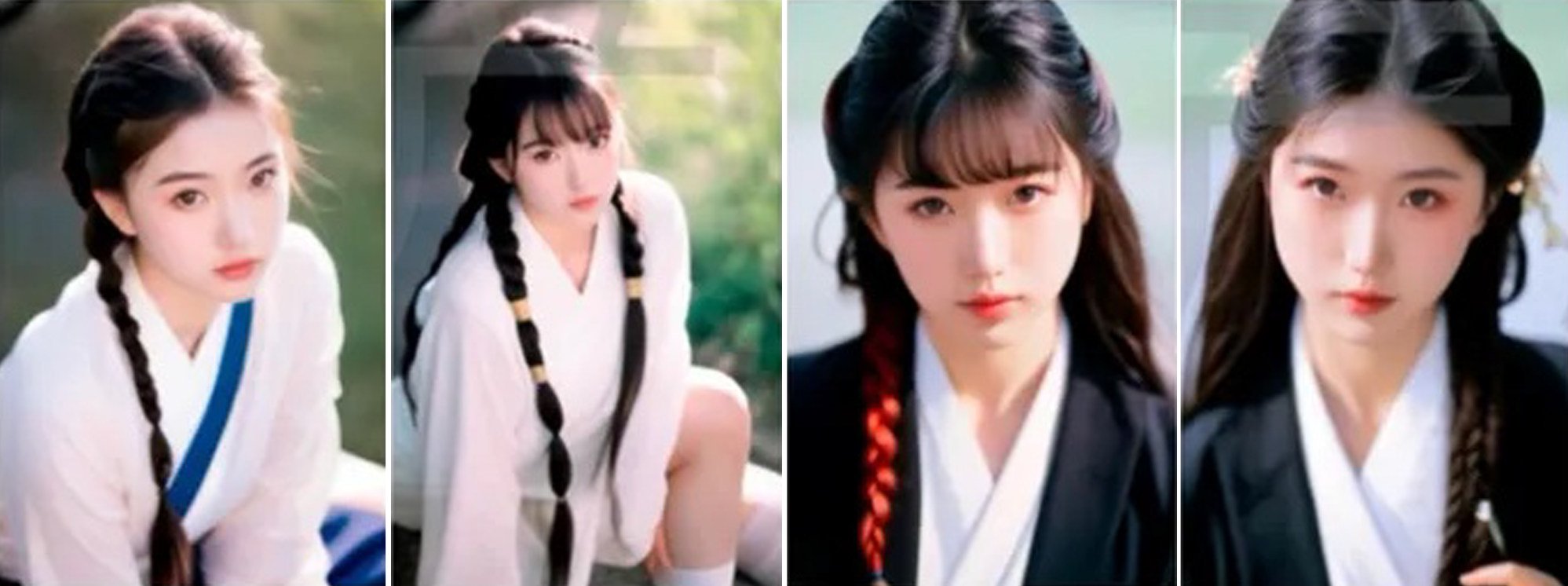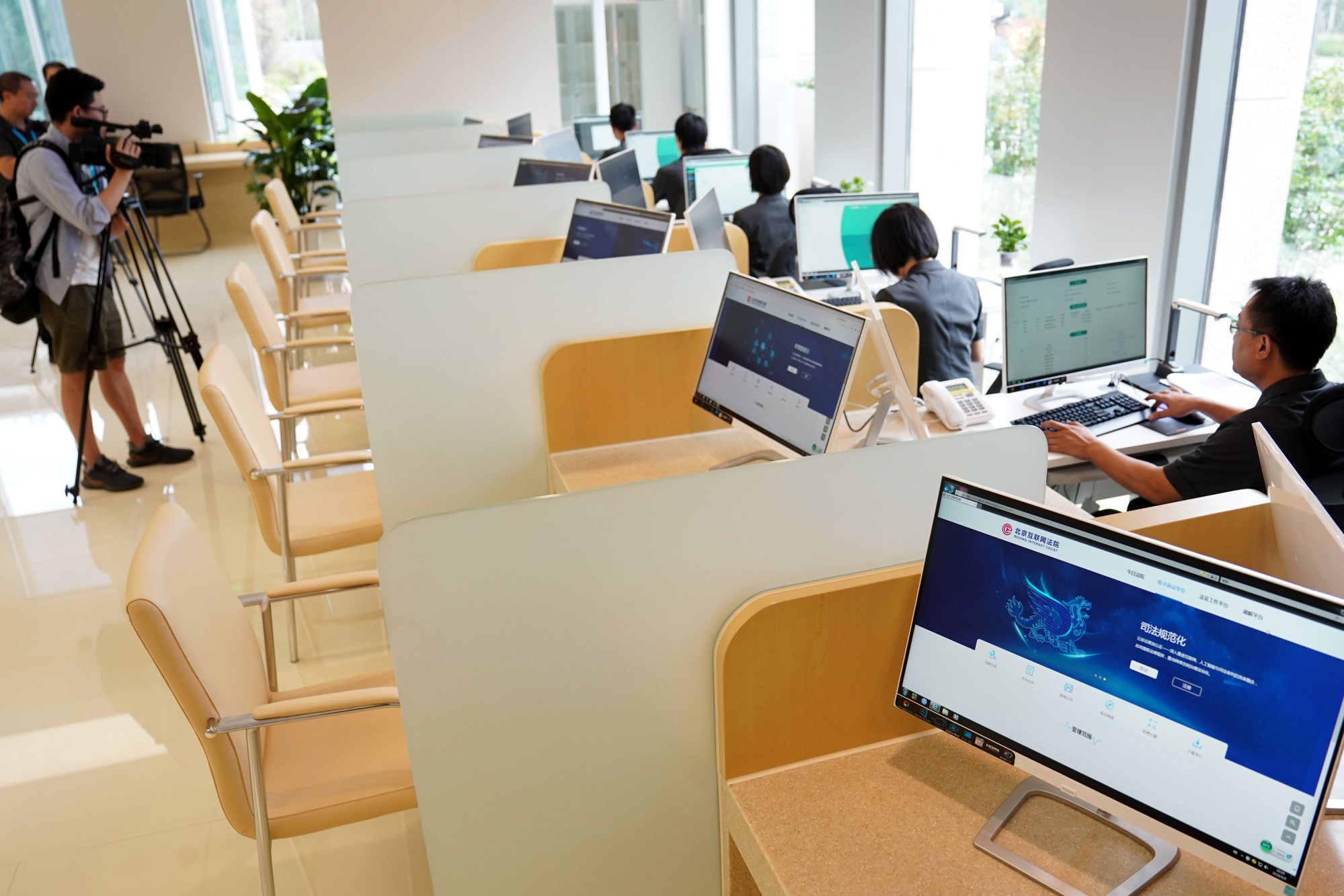
Beijing court’s ruling that AI-generated content can be covered by copyright eschews US stand, with far-reaching implications on tech’s use
- The Beijing Internet Court ruled that an AI-generated image in an intellectual property dispute was an artwork protected by copyright laws
- That decision is expected have far-reaching implications for future AI copyright disputes, which could eventually benefit Chinese Big Tech companies
The Beijing Internet Court ruled that the AI-generated image was an artwork and ordered the defendant Liu to issue a public apology as well as pay the plaintiff 500 yuan (US$70.43) in damages and 50 yuan for court fees. Its decision is open for appeal at the Beijing Intellectual Property Court.

The court said Li “made a certain degree of intellectual investment” in selecting prompt texts, setting up parameters and designing the presentation, among various inputs.
The “originality” of the image in dispute means that Li had continuously added prompts and repeatedly adjusted the parameters to come up with a picture that reflected his “aesthetic choice and personalised judgment”, the court said in the ruling.
“To encourage creation is the essential purpose of the copyright system,” the court said in the document. “In the backdrop of [the rise of AI] technology, as long as an AI-generated image reflects the original intellectual investment of a human being, it should be considered a work that is protected by copyright laws.”
The ruling has added fuel to heated arguments on whether AIGC is protected by copyright laws, even though the Beijing Internet Court asserted that future disputes about an author’s personal expression in AI-generated images should be judged on a case-by-case basis.
What if an AI algorithm wrote a bestseller? Who would own the copyright?
“Copyright should protect the intellectual creation of human beings,” IP lawyer Qiao Wanli, a senior partner at Zhejiang Zeda Law Firm, said on Friday. “But in the case of AI-generated content, a human being is the one giving instructions and guidelines, while AI did the actual creation.”
The Beijing Internet Court’s ruling, according to Qiao, is likely to have far-reaching implications for future AI copyright disputes, which could eventually benefit Chinese Big Tech companies that are now providing similar AIGC tools to the public.
“There’s a trillion-dollar AI industry behind that 500-yuan ruling,” he said.
Angela Zhang, associate professor of law and director of the Centre for Chinese Law at the University of Hong Kong, said the decision could “exert strong precedential influence” on related cases.
“The ruling, being the first decision on AIGC copyright infringement by a Chinese court, is very significant,” Zhang said. “Its issuance by the Beijing Internet Court, despite being a relatively low-tier court, signals a substantial policy endorsement for the AI industry.”

The Beijing Internet Court’s ruling also stands in stark contrast to the approach of some its global peers, including the United States Copyright Office.
In February, the US Copyright Office ruled that AI-generated images do not have copyright protection because these “are not the product of human authorship”.
That decision was made in the case involving the comic book Zarya of the Dawn, in which its author Kristina Kashtanova used the AI tool Midjourney to generate some images within the graphic novel.
In August, a US district court ruled that AI-generated artwork cannot be copyrighted after a series of suits initiated by US scientist Stephen Thaler, who sought recognition for his self-developed AI system to be declared as the author of an image that it generated.
These regulations, however, had a relatively supportive tone for the technology, as authorities pledged “to take effective measures to encourage innovative development of generative AI”, with an “inclusive and prudent” attitude and a “graded” regulatory approach.

